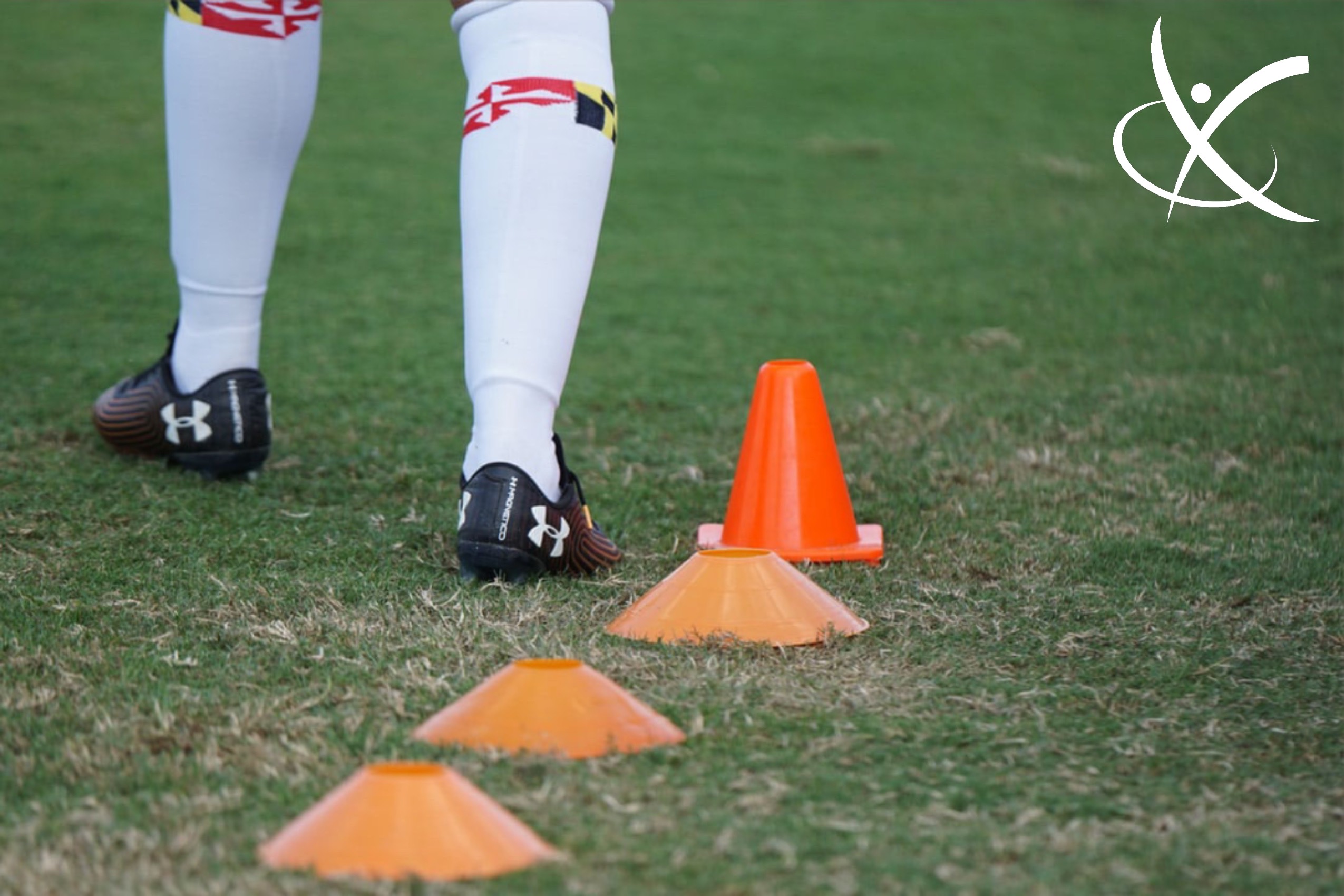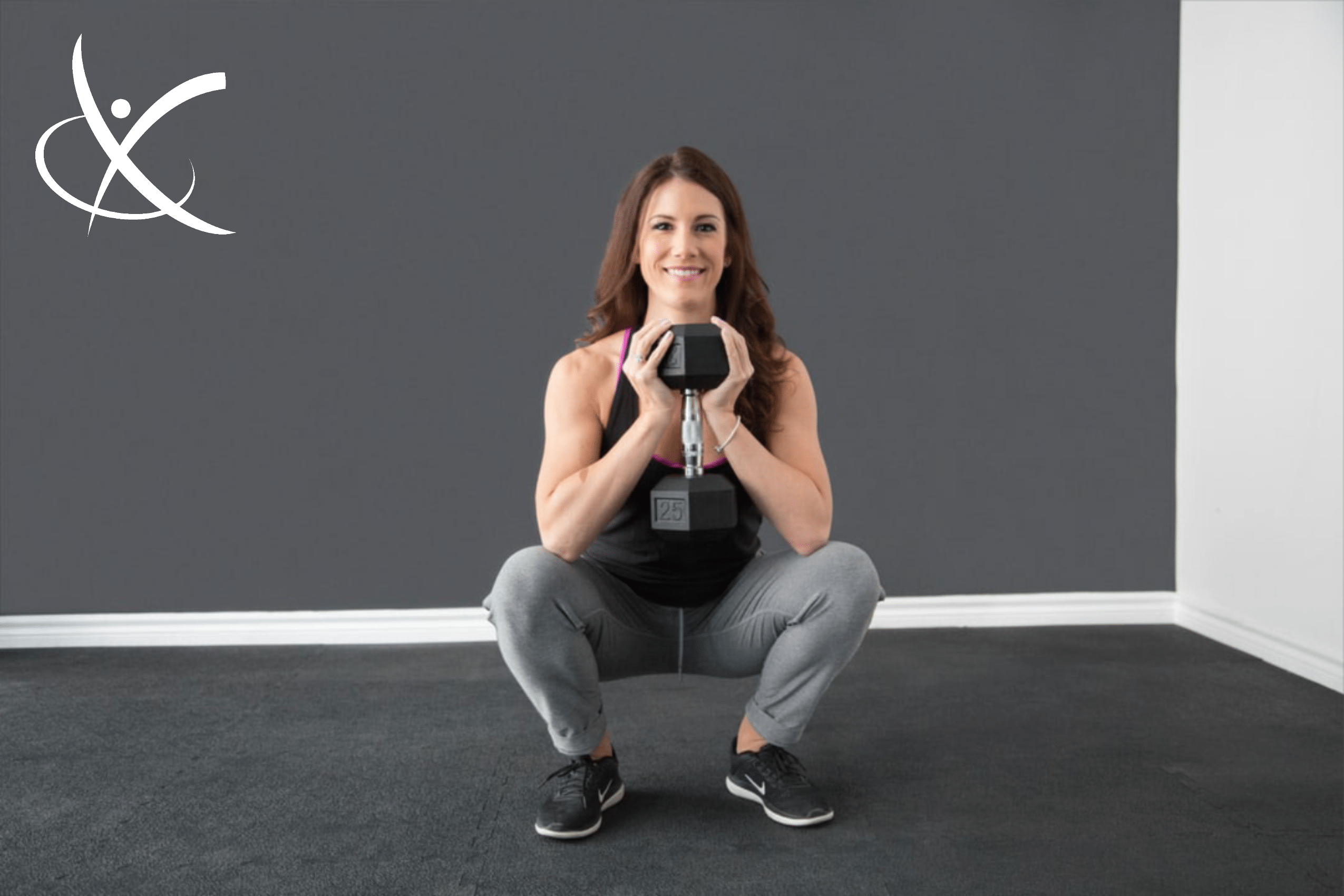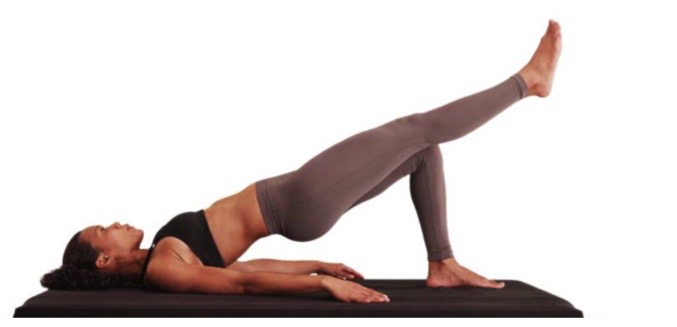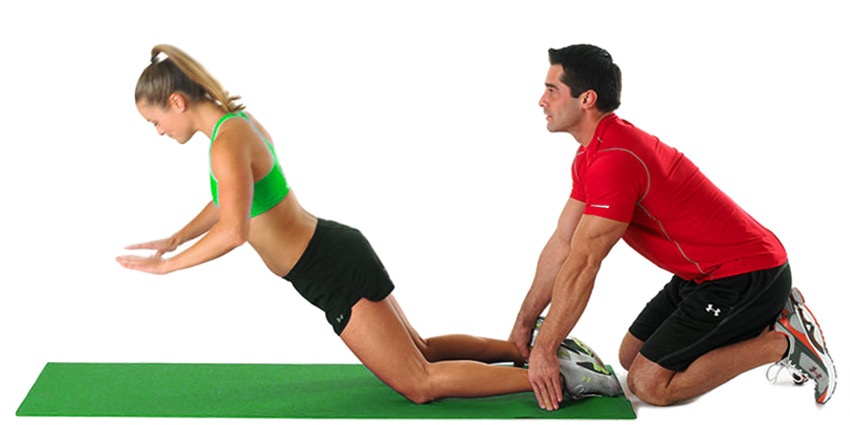
On Field Rehab
October 20, 2019
Diastasis Recti Abdominis: Changing the Narrative
November 3, 2019Preventing Hamstring Injuries: Part 3
 The first two posts in our hamstring series covered anatomy of the hamstrings followed by hip-specific hamstring strength. They are a powerful group of muscles and help extend your hip and flex your knee. You can refer back to the previous post for hip-specific work, but this piece will focus on strengthening specifically at the knee. Now its important to get the disclaimer out there, especially for those who may seek for more black and white info, most of the time it is not possible to isolate a muscle at one area if it is a two-joint muscle. So the previous post talked about hip dominant motions and these next few paragraphs will discuss “knee-dominant” hamstring motions. Keep this in mind when you see the videos online, you’ll notice the hips will also be involved in positioning and setups.
The first two posts in our hamstring series covered anatomy of the hamstrings followed by hip-specific hamstring strength. They are a powerful group of muscles and help extend your hip and flex your knee. You can refer back to the previous post for hip-specific work, but this piece will focus on strengthening specifically at the knee. Now its important to get the disclaimer out there, especially for those who may seek for more black and white info, most of the time it is not possible to isolate a muscle at one area if it is a two-joint muscle. So the previous post talked about hip dominant motions and these next few paragraphs will discuss “knee-dominant” hamstring motions. Keep this in mind when you see the videos online, you’ll notice the hips will also be involved in positioning and setups.
While the hamstrings will help produce force at the hip, they actually have a slightly different role at the knee. They will help bend or flex the knee when they contract or shorten. However, they play a large role at the knee in helping slow down knee extension or straightening. Think of sprinting or running. As your knee comes forward the shin bone begins to come forward also to prepare your foot to hit the ground again. This knee-straightening motion is knee extension and the hamstrings will help control this motion much like you would slowly lower down a rope with a heavy bag on the other end to prevent it from smashing down forcefully. Research has shown that this mechanism places a great deal of stress on the hammies and is a common moment where the hamstrings may get injured. Right before the knee is fully straightened or before the foot hits the ground places a peak stress on the hamstrings. Ask me how I know (3x!) (insert eyeroll emoji). Now that we’ve identified the when, lets talk about the what. As in what we can do to prevent this from happening.
Aside from consistent training, its important to properly target the muscles to replicate the motion they may have to perform. In this case, we’ve identified running and quick knee extension as a mechanism and common motion. There has been some literature to suggest that training the legs individually for the hamstrings may yield better results. So I’m still a fan of working the legs individually in some pure strength movements.
Let’s start with concentric muscle work, or shortening contractions. This is when the hamstrings actively bend the knee. I’m a big fan of prone hamstring curls. Prone means laying on your stomach. Seated hamstring curls are also a great option and there tend to be no shortage of these machines in any gym. If you don’t have access to them, then banded variations work very well with some creativity…que instagram videos! I’m also a fan of using bridge variations for hamstring work. You can do this by laying on your back with your knees bent, and slowly bending your knees and walking your heels up into the bridge position, or even using those fancy athletic sliders to actively bend your knees. A long-axis hamstring bridge gets very tough and bullet-proofs the knees. For a more fun variation, we can use a giant exercise ball and kick it repeatedly with your heels too. Also seated or prone. I don’t think you need to go crazy here, these are some tried and true hamstring exercises.
To improve the control strength of the hamstrings at the knee, it’s important to add eccentric exercises or lengthening motions in your program as well. These start with your knee bend and slowly move into a straight knee position as your hamstring controls the speed at which the knee straightens. You can still use the prone and seated machines for this, as well as the sliders, which I suggest highly. It’s almost identical to the previous list of exercises but with a slightly different emphasis.
Perhaps one of the best hamstring exercises for the knee is known as a nordic hamstring curl. It involves kneeling down and slowly lowering your body forward while your heels are anchored behind you. This should absolutely be a staple in your program if you want to prevent injury. I use it with all of my teams, without question.
That should do it for now. The lists are really endless for options, so please don’t view them as exclusive. They are merely where we find people can pick some low hanging fruit. We love feedback and ideas also, so if you have your own suggestions, send them in or tag us in a video! We’d love to give you a follow and a re-post!
For a fun challenge, check out our instagram video for a tough hammy exercise not talked about yet!
Happy Training!
John





